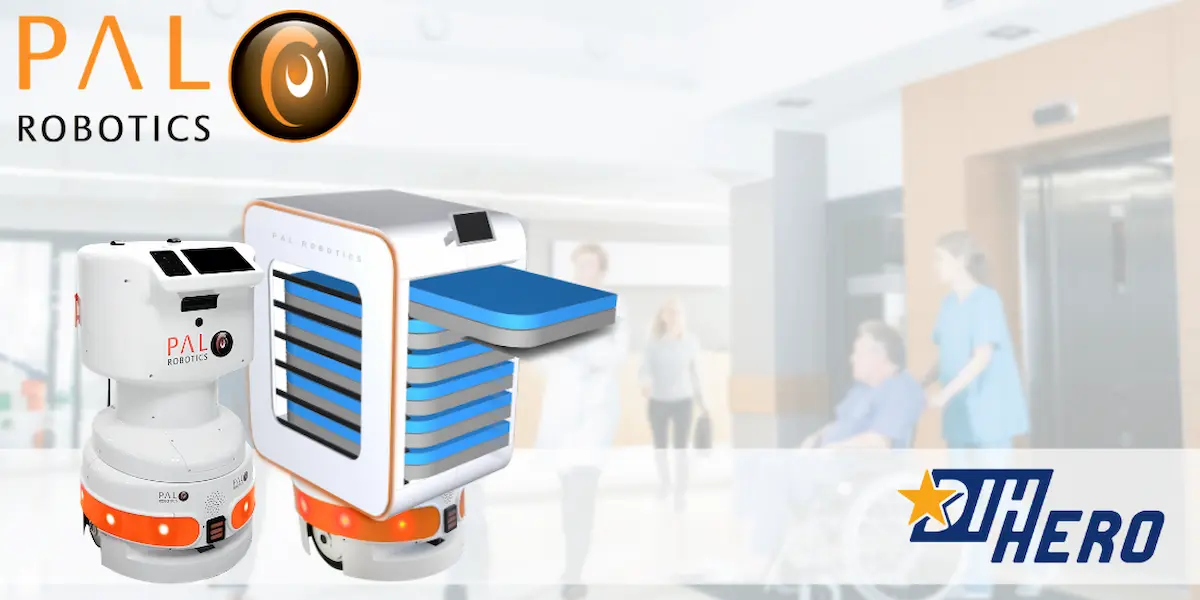TIAGo Delivery with the Jupiter and Triton sensors
With the unpredictable health crisis of COVID-19 continuing to place high demands on hospitals and healthcare institutions, there is a continuing search for better and more efficient solutions. This includes solutions that reduce time pressure on hospital staff, lessen the need for social interactions and lower the spread of infection.
In response to this ongoing need, PAL Robotics has developed a robotic solution for hospitals in partnership with Accerion, and we are excited to announce that it will go into deployment shortly.
PAL Robotics and project partner Accerion submitted a proposal to DIH Hero in response to their open Call, ‘Fighting COVID-19 2020 for healthcare robotics.’ The prototype solution for hospitals currently in development, is based on our TIAGo Delivery robot together with sensors provided by Accerion.
Who is the solution aimed at and what will it do?
TIAGo Delivery is aimed at hospitals keen to deploy autonomous vehicles due to the current situation that has increased their workload to unprecedented levels. The solution is also aimed at hospitals with a general interest in deploying Autonomous Mobile Robots (AMRs) to reduce the need for medical staff to also do transportation and delivery tasks.
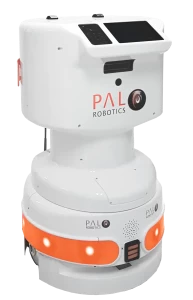
In addition to solutions to reduce interactions and stop the spread of COVID-19, there is also the ongoing requirement of delivering objects around hospitals, ranging from medication, to blood and medical samples, food, communications and instructions, and also surgical supplies. Even after COVID-19 becomes less of a risk, hospitals will still be able to use the TIAGo Delivery solution for deliveries.
The solution: TIAGo Delivery with sensors by Accerion
The TIAGo Delivery solution is one of several solutions designed by PAL Robotics that can be easily integrated on top of the TIAGo Base robot.
TIAGo Delivery is an autonomous mobile robot that delivers in a fast and safe way, thanks to its configuration. It can be used with shelves for transportation, or also extended with functionalities such as thermal cameras or other devices for monitoring patient’s health.
TIAGo Delivery is able to transport items around hospitals and has an even better accuracy in its positioning thanks to the cutting edge sensors by Accerion, reducing the deployment time of the whole solution.
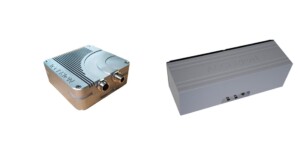
Accerions’ Triton (left) and Jupiter (right)
When will TIAGo Delivery be used?
The steps to get the robot into hospitals include integration of the Accerion sensors on the TIAGo Delivery robot, development of the navigation system, and manufacturing and set up of the new robots.
The biggest advantage for hospitals is there is no need to change the hospital space. The solution can understand the commands of non-specially trained staff in the hospital, and comes with an easy-to-use user interface that enables users to select destinations for the robot to make deliveries or support communication.
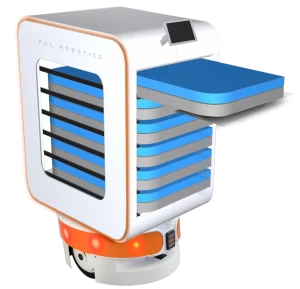
DIH-HERO
DIH-HERO launched this project and is an independent platform which connects Digital Innovation Hubs across Europe to create a sustaining network for all those who are active in the healthcare robotics sector. The project consortium consists of 17 core partners spread across 11 countries.
Meet DIH – HERO Core partners:
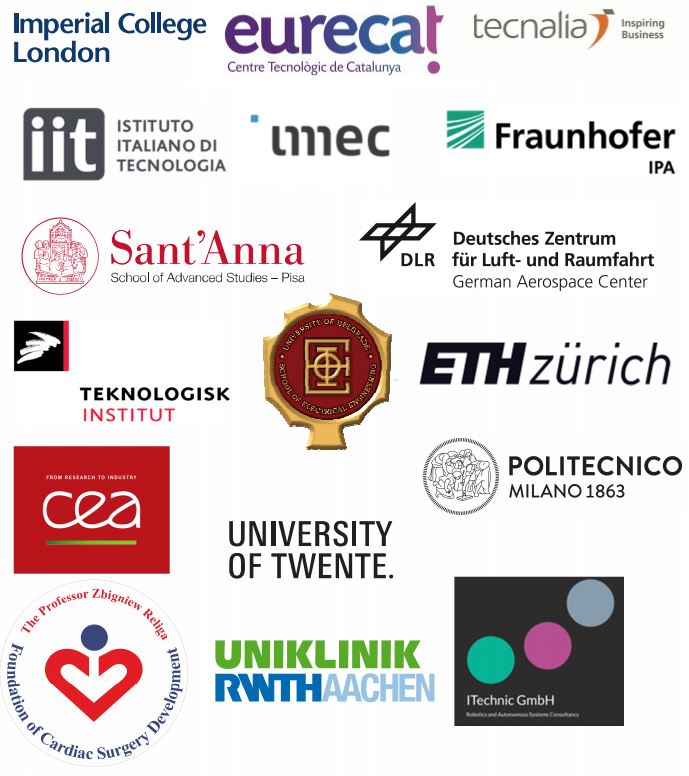
Accerion
PAL Robotics’ project partner, Accerion, provides positioning solutions, enabling high-performance mobile robots and AGVs for intralogistics, with virtual lines or grid mapping to allow for free navigation. In their portfolio are the Jupiter and Triton sensor systems, which can be quickly and easily integrated into robots and other mobile platforms to make them completely autonomous.
Jupiter, is Accerion’s advanced optical device, which scans the floor and creates a virtual line, navigating the mobile robot on simple or complex routes. Triton is Accerion’s newest product using their positioning technology, a more compact option for mapping, it’s versatile enough to display other positioning technologies or integrate into – and enhance – existing robotic products.
To find out more about TIAGo Delivery, visit our blog and don’t hesitate to get in touch with our experts to find out how to apply a TIAGo Delivery solution within your organisation, or to ask about the solution that’s right for you.
